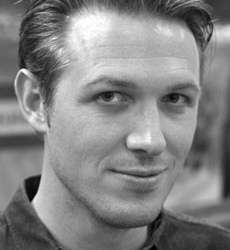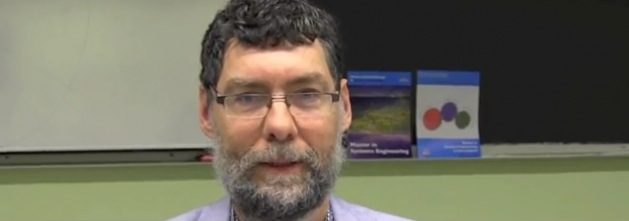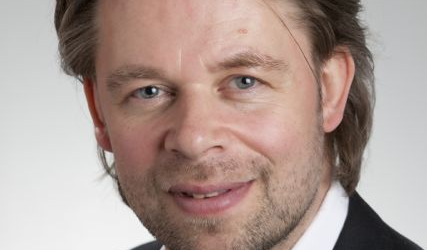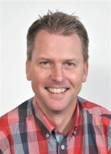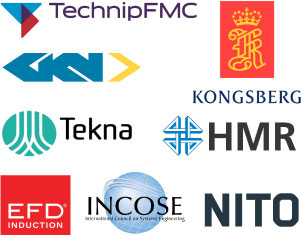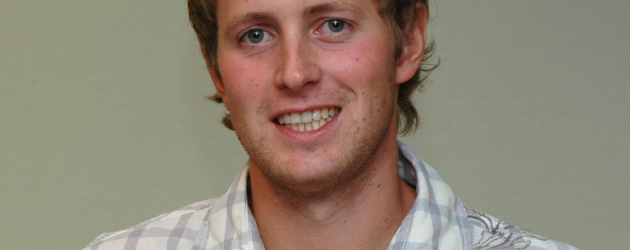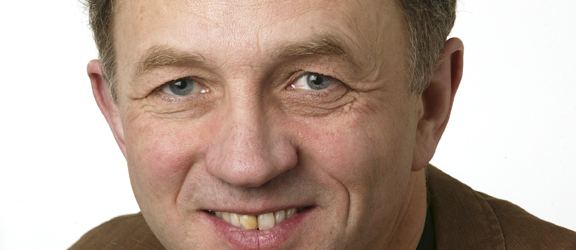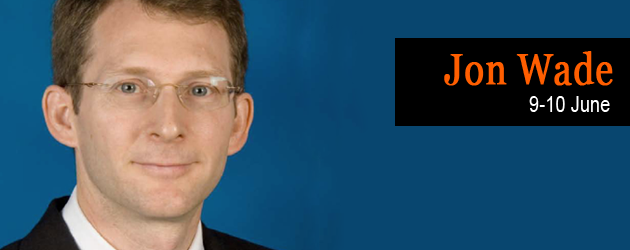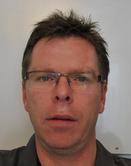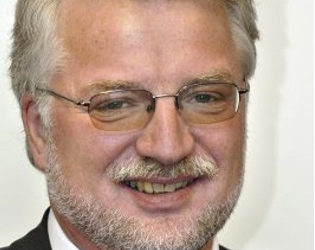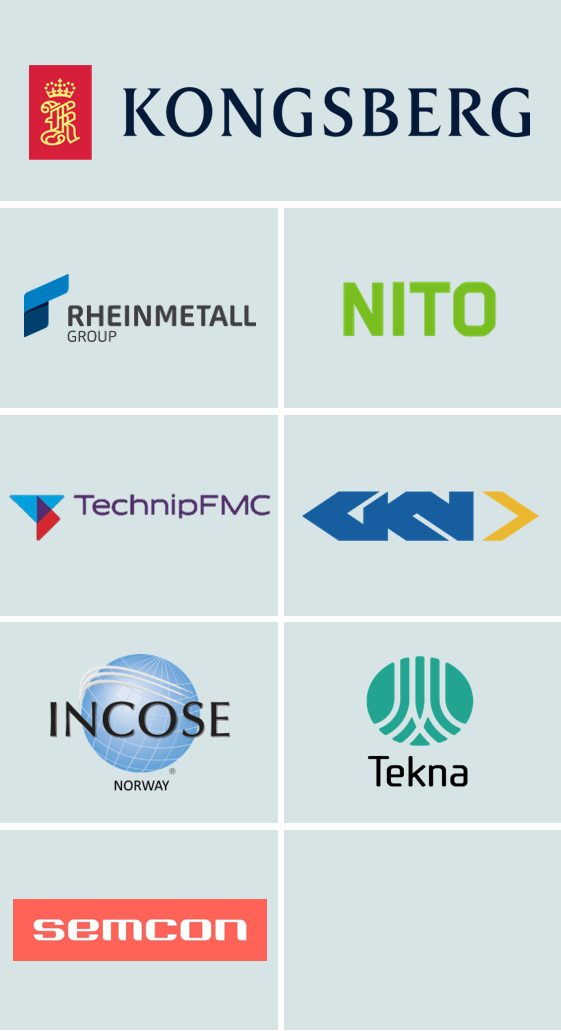Andreas Thorvaldsen_Manufacturing_Systems_Modeling_KSEE_2011
Title: Manufacturing Systems Modelling
Background:
8 years of experience in teaching at university level and industrial consulting 5 years of experience in Aerospace Technology, Systems Engineering, Quality Engineering. Main fields of interest:
- Phase Transformations, Grain Growth in Polycrystalline Materials – Molten Metal Technology, Structural applications of metals – Product Development, CAD / CAM, System Design – Statistics and applied probability, Quality engineering
- Dynamic simulation and Virtual Engineering – Casting Technology and Fluid Flow Phenomena. – Manufacturing Systems Engineering
EDUCATION:
MSc, Norwegian Inst. of Technology – Dept. of physics, Trondheim, 1981 Dr.Techn., Norwegian Inst. of Technology, Trondheim, 1997
LANGUAGES: Norwegian, English, French (oral), German (oral).PROFESSIONAL EXPERIENCE:
2009 - Continuous Improvement, Volvo Aero Norge AS
Head of department with responsibilites for CMM, Statistical Process Control and Operational Development, and project manager for the company’s PLM project based on Teamcenter Manufacturing (Siemens).
2006 – 2009 Product Technology, Volvo Aero Norge AS
Head of department with responsibilites for CAD/CAM, CMM and Operational Development.
2005 – 2006 Statistical Process Control, Volvo Aero Norge AS
Project Manager Statistical Process Control
2003 – 2005 Buskerud College
Associate Professor at the Department of Technology. Developed the current master program on Systems Engineering at Buskerud College (the spring 2005).
2000 – 2003 Buskerud College
Head of Department, Department of Electrical and Mechanical Engineering.
1997 – 2000 Buskerud College
Associate Professor at the Department of Electrical and Mechanical Engineering,
1992 – 1997 Fundo AB, Norsk Hydro AS
Materials Development Manager. Head of Squeeze casting and Die casting production. Responsible for the development of a die cast magnesium seat frame, squeeze cast hydraulic parts and chassi parts (both squeeze and tilt cast).
1989 – 1992 Université Laval, Quebec, Canada
Visiting Professor (part time). Research fields: Grain Growth in polycrystalline materials and phase transformations in molten magnesium.
1989 – 1992 Institute of Magnesium Technology (IMT), Quebec, Canada
Technical Advisor (part time).
1986 – 1989 Magnesium Materials Technology (MgMT), Hydro Porsgrunn
Head of Department. Main field of R&D activities within department: Molten metal technology, Low Pressure Die Casting, Chill Casting, Rapid Solidification, Mechanical properties of magnesium alloys, Corrosion and Surface coating technology.
1984 – 1986 Magnesium Produktteknikk, Hydro Porsgrunn
Manager Physical Metallurgy (Magnesium) with the responsibility to establish competence on the physical metallurgy of magnesium within Norsk Hydro.
1981 – 1984 Magnesium Produktteknikk, Hydro Porsgrunn
Research on molten magnesium technology with special emphasis on the metallurgy of liquid magnesium, the influence of impurity levels on castability and corrosion performance and the production of primary magnesium.
